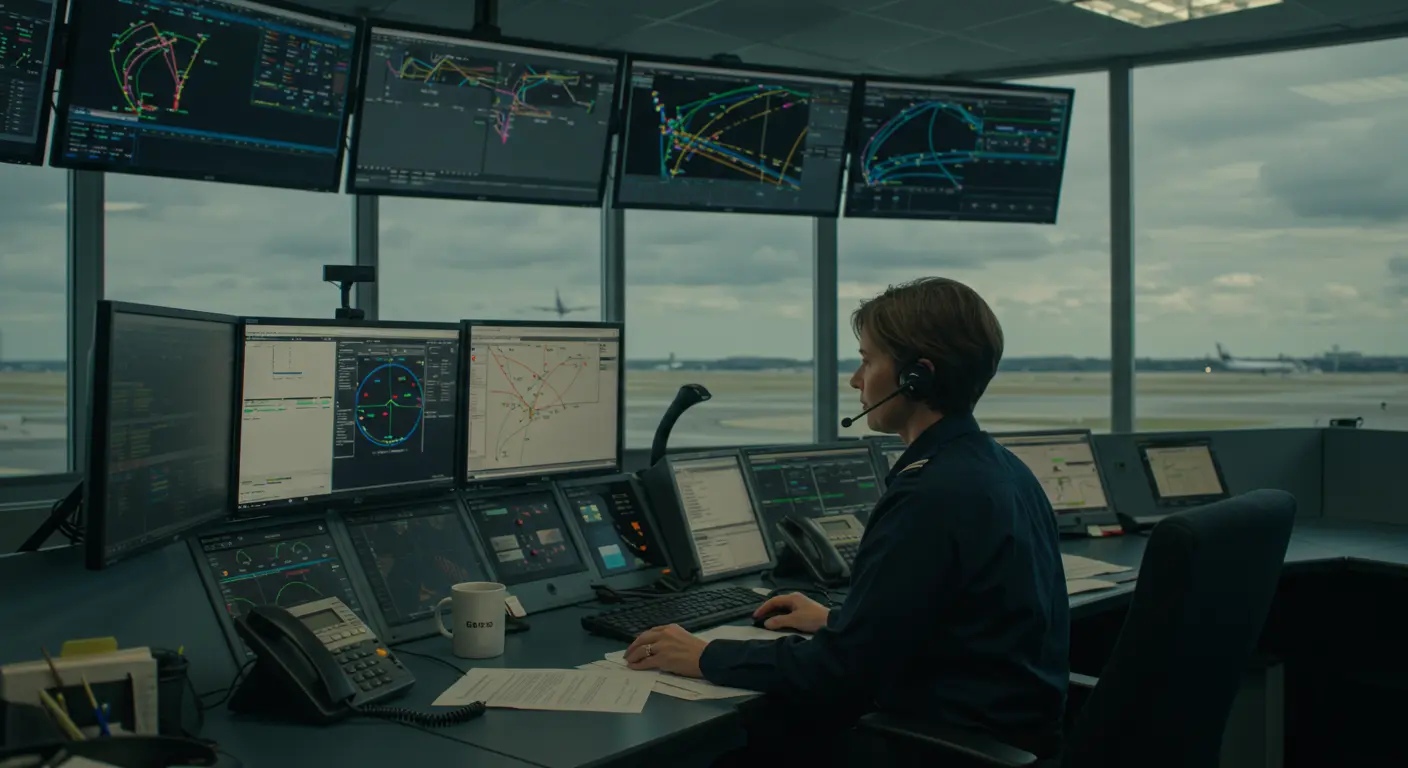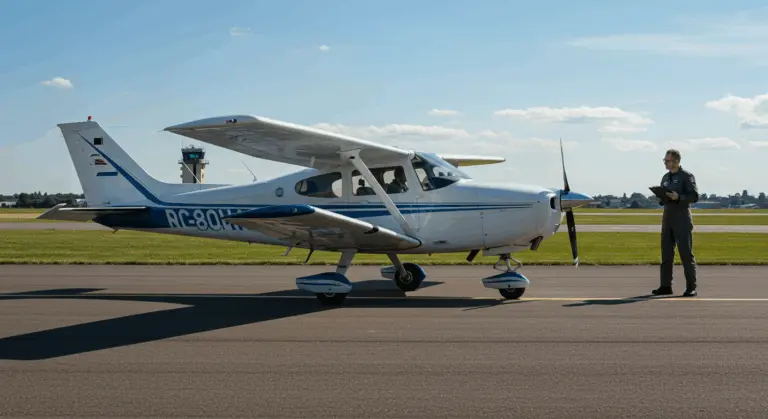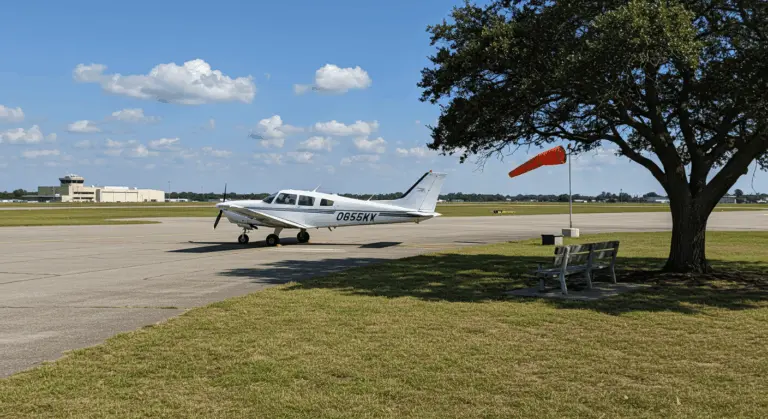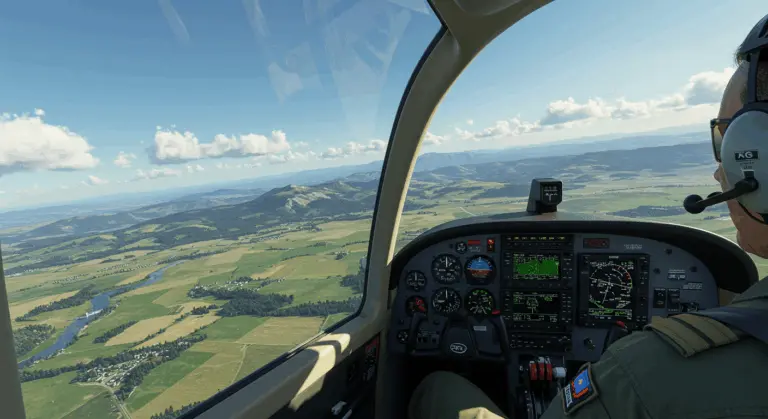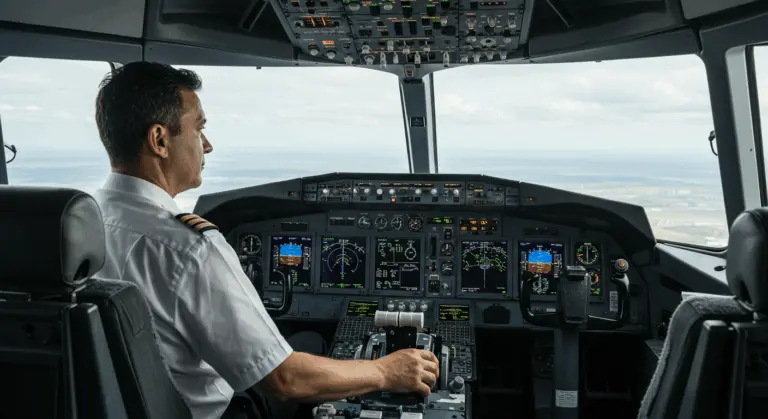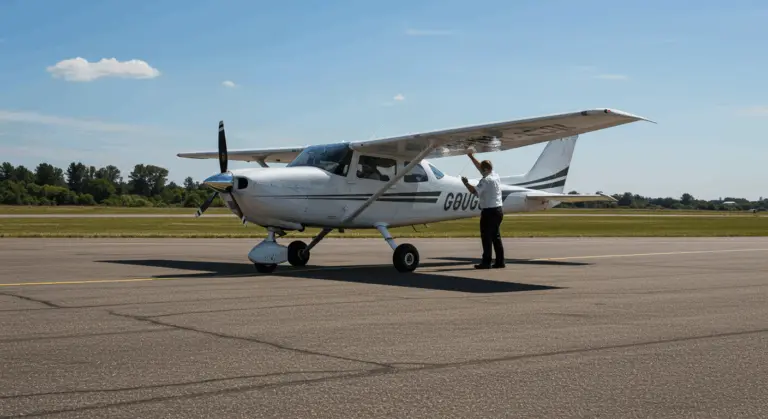Understanding Aircraft Holding Speeds – A Comprehensive Guide
What are Holding Speeds in Aviation?
Holding speeds represent the maximum airspeeds aircraft must maintain while executing holding patterns—precise limits established by aviation authorities like the FAA and ICAO to ensure aircraft remain safely within their designated protected airspace.
Both FAA and ICAO regulations establish maximum holding speeds that vary by altitude, as shown in the table below.
| Altitude (MSL) | FAA Speed Limit | ICAO Speed Limit |
| :— | :— | :— |
| Up to 6,000 ft | 200 KIAS | 230 KIAS |
| 6,001–14,000 ft | 230 KIAS | 230 KIAS |
| 14,001–20,000 ft | 265 KIAS | 240 KIAS |
| 20,001–34,000 ft | 265 KIAS | 265 KIAS |
| Above 34,000 ft | 265 KIAS | Mach 0.83 |
| Cat A & B Aircraft | N/A | 170 KIAS (all altitudes) |
Air traffic controllers employ precise phraseology when issuing holding instructions that include speed restrictions, typically stating: “(AIRCRAFT IDENTIFICATION) (holding instructions) MAXIMUM HOLDING AIRSPEED IS (speed in knots).” A practical example would be: “DELTA 1234, HOLD AT ALPHA INTERSECTION, MAXIMUM HOLDING AIRSPEED IS TWO ONE ZERO KNOTS.”
Maximum Holding Airspeeds by Altitude
Holding Pattern Procedures and Speed Management
Effective holding procedures require careful speed management to maintain proper separation and ensure aircraft remain within their protected airspace boundaries. Once pilots receive a holding clearance from ATC, they must plan their speed reduction to comply with the specific altitude-based limit.
Pilots must achieve the correct holding speed before crossing the designated fix. This typically involves adjusting power settings and deploying speed brakes or flaps when necessary.
Throughout the holding pattern, pilots continuously adjust for wind conditions to maintain the standard one-minute inbound leg timing. Headwinds may require increased power, while tailwinds often require speed reduction to prevent overshooting the fix.
Aircraft performance characteristics—particularly for heavier aircraft with elevated minimum operating speeds—affect speed management capabilities. Should pilots find themselves unable to maintain the prescribed speed, immediate notification to ATC becomes essential.
Modern aircraft with Flight Management Systems (FMS) can automatically calculate and execute holding patterns, including speed management. Nevertheless, pilots must remain vigilant in monitoring these automated systems and stand ready to intervene when circumstances require manual override.
During turbulent conditions, pilots may need to maintain higher airspeeds to ensure passenger comfort and aircraft stability. In such scenarios, coordination with ATC becomes crucial to determine whether an elevated holding speed can be accommodated or if alternative holding procedures should be implemented.
Standard vs Non-Standard Holding Patterns
Aviation holding patterns come in two types: standard and non-standard configurations, each with specific characteristics pilots must understand executing them correctly while maintaining appropriate holding speeds.
A standard holding pattern employs right-hand turns and features a one-minute inbound leg. This serves as the default procedure unless ATC explicitly specifies left-hand turns.
Conversely, non-standard holding patterns utilize left-hand turns rather than right-hand turns. These variations may be implemented for terrain avoidance, airspace restrictions, or traffic separation requirements. Non-standard patterns occasionally feature modified timing parameters beyond the typical one-minute inbound leg, though such deviations remain relatively uncommon.
While speed limits remain identical for both pattern types, the turn direction significantly influences how pilots apply wind correction techniques.
When ATC issues holding instructions, they explicitly communicate any non-standard pattern requirements. The instruction might include specific phrasing such as “hold west of the VOR, left-hand turns” to clearly indicate a non-standard configuration.
Entry Procedures for Holding Patterns
Entry procedures for holding patterns are standardized methods for safely entering a holding pattern from any approach direction. The three primary entry methods—direct, parallel, and teardrop—are determined by the aircraft’s position relative to the holding pattern when approaching the designated holding fix.
The appropriate entry method is determined by analyzing the aircraft’s approach sector relative to the holding pattern:
Holding patterns serve multiple critical functions across various flight phases:
• Holding in lieu of a procedure turn during an instrument approach
• Arrival holding patterns when airport capacity is exceeded
• Missed approach holding patterns when an approach cannot be completed
Importance of Adhering to Holding Speeds
Strict adherence to holding speeds is essential for safety for several critical reasons.
Protected airspace dimensions are designed based on these specific speed limitations. Exceeding prescribed speeds require a larger turn radius, risking of departing the protected area and potentially colliding with terrain or other aircraft.
Standard speeds allow air traffic controllers to accurately predict aircraft flight paths, enabling efficient traffic flow and maintaining proper separation standards.
Following speed limits is important for aircraft performance, as operating at speeds beyond requirements increases fuel consumption and adds unnecessary pilot workload.

